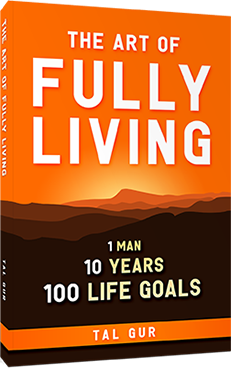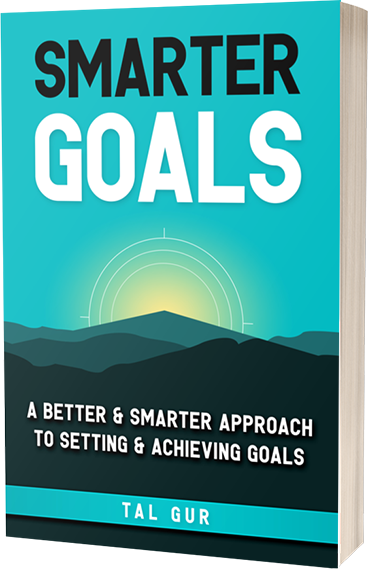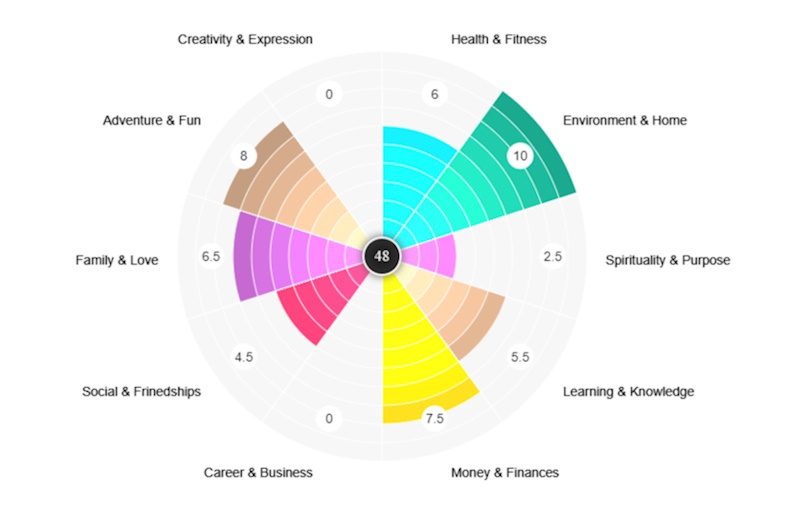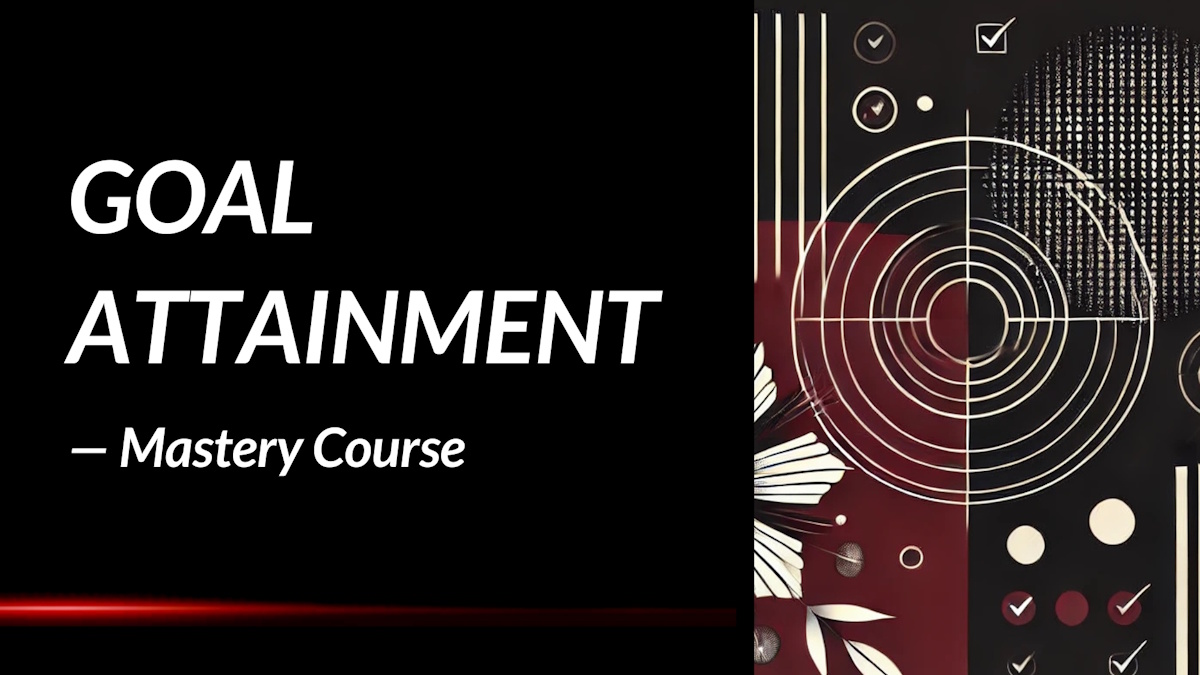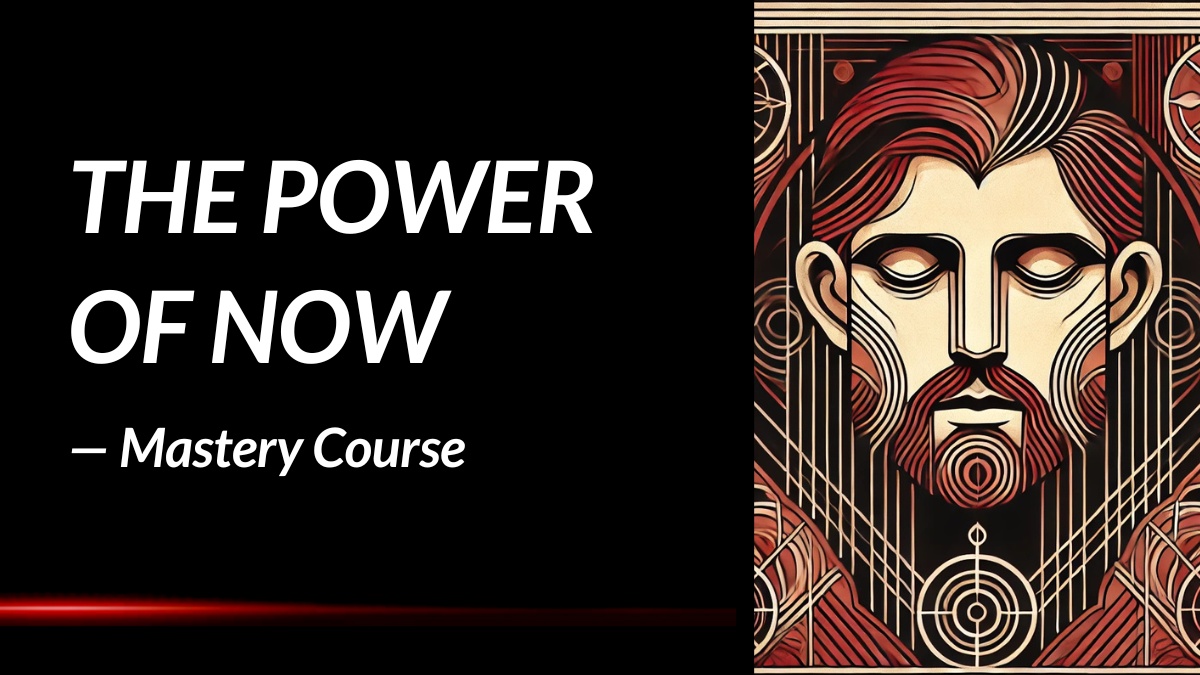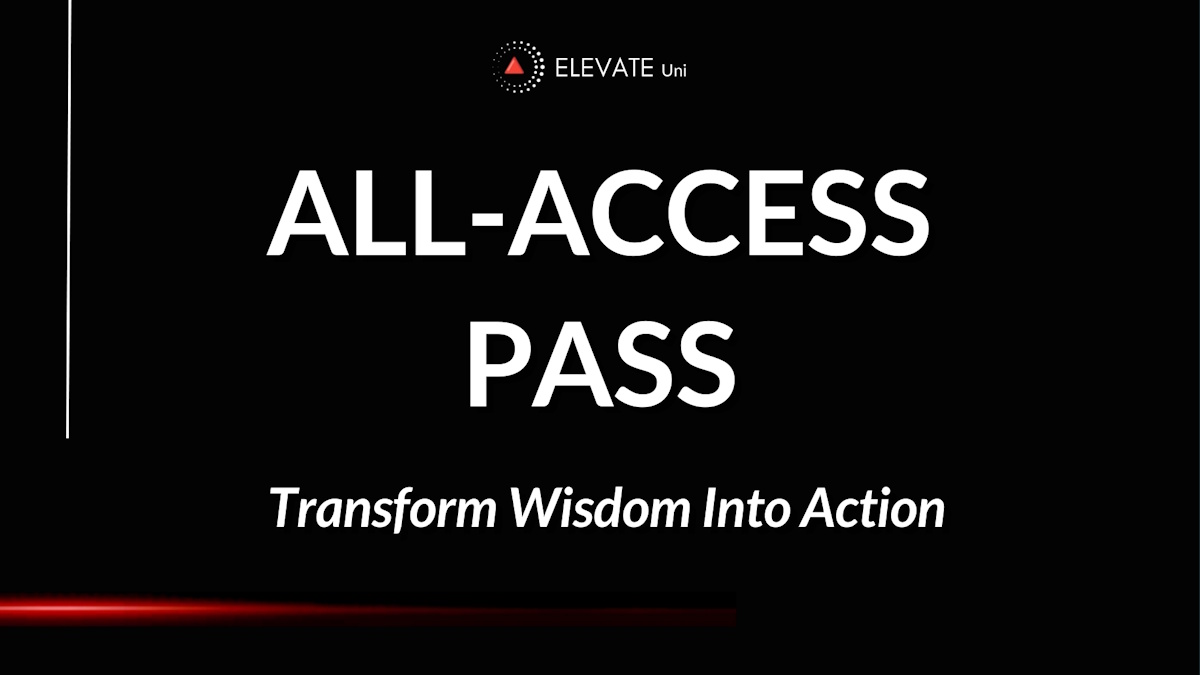The Self-Confidence Workbook: Summary Review
What if overcoming self-doubt and building genuine self-confidence was within your reach? In The Self-Confidence Workbook, psychologist Barbara Markway, Ph.D., offers a practical guide to help readers conquer self-doubt and enhance self-esteem.
What is the Book About?
The Self-Confidence Workbook provides readers with actionable strategies to confront fears, cultivate self-acceptance, and develop self-compassion. It emphasizes a goal-oriented approach, equipping individuals with tools to silence their inner critic and navigate challenges in relationships, careers, and personal health. Through a blend of psychological insights and hands-on exercises, the book aims to guide readers toward a more confident and authentic life.
Structured around a five-step program, the workbook introduces evidence-based techniques rooted in acceptance, mindfulness, and self-compassion. It includes interactive components such as reflections, checklists, and quizzes, designed to help readers internalize key concepts and track their progress. By addressing the underlying causes of self-doubt and offering practical solutions, the book serves as a comprehensive resource for those seeking to boost their self-confidence.
Book Details
Print length: 178 pages
Language: English
Publication date: October 9, 2018
Genre: Self-Help
Book Author
Core Theme
At its core, The Self-Confidence Workbook emphasizes that true self-confidence stems from self-awareness and aligning actions with personal values. Dr. Markway advocates for a process-oriented mindset, highlighting that confidence is cultivated through consistent, value-driven actions rather than solely focusing on outcomes. This perspective encourages readers to engage in behaviors that reflect their core beliefs, fostering a more authentic and resilient sense of self.
The workbook also underscores the importance of self-compassion and mindfulness in overcoming self-doubt. By practicing acceptance and being present in the moment, individuals can better navigate challenges and reduce the impact of negative self-talk. The combination of these philosophies provides a holistic framework for building lasting self-confidence.
Main Lessons
A few impactful summary lessons from The Self Confidence Workbook:
1. Confidence Comes from Action, Not Feelings
One of the most profound realizations from "The Self Confidence Workbook" is that confidence is not something you feel first and act on later. Instead, it emerges through action. Many people mistakenly believe they must feel confident before stepping into challenging situations. However, the reality is that confidence is built by doing—by taking small, intentional actions despite the discomfort or fear. The willingness to act even when unsure lays the foundation for true confidence. This mindset shift is empowering, as it frees individuals from waiting endlessly for the perfect moment or the elusive feeling of readiness. Embracing this principle leads to a more proactive and courageous life.
2. Self-Acceptance is the Gateway to Growth
Self-acceptance does not equate to complacency; rather, it is the starting point for meaningful change. The book emphasizes that accepting oneself wholly—including flaws, past mistakes, and imperfections—creates a stable foundation for growth. It challenges the notion that self-criticism is a prerequisite for improvement. Instead, when individuals genuinely acknowledge their worth without judgment, they free themselves from the shackles of guilt and insecurity. This holistic self-acceptance nurtures resilience, encouraging people to take constructive actions towards their goals without being hindered by self-doubt or perfectionism.
3. Embrace Quiet Confidence Over Loud Bravado
Confidence does not always manifest as extroverted or loud behavior. In fact, the workbook highlights the value of quiet, intentional confidence that comes from knowing one’s strengths and acting in alignment with them. For introverts or those who prefer a calmer presence, this is a reassuring insight. Quiet confidence is rooted in authenticity and self-awareness, not in projecting an image of power. It fosters a sense of inner calm and purpose, allowing individuals to pursue meaningful goals without feeling pressured to meet societal expectations of boldness.
4. Reframe Negative Thoughts as Passing Clouds
The human mind naturally generates negative thoughts, but allowing them to define reality is a common pitfall. The workbook teaches readers to observe these thoughts without internalizing them. Just as clouds float across the sky without altering its vastness, negative thoughts can be acknowledged without letting them disrupt inner peace. Techniques such as labeling and visualizing thoughts as transient help build psychological distance, making it easier to maintain confidence even when negativity arises. This approach cultivates mental clarity and reduces the emotional weight of fleeting, critical self-talk.
5. Challenge Deep-Seated Beliefs to Break Free
Many limiting beliefs originate from childhood experiences or ingrained societal messages. These beliefs, left unchecked, can dictate behaviors and limit potential. The workbook guides readers to examine the roots of their core beliefs and challenge their validity. By questioning the narratives of inadequacy or fear, individuals can create empowering alternatives. The practice of identifying and replacing outdated beliefs with more supportive ones is transformative, leading to increased self-assurance and freedom from past constraints.
6. Calm Your Body to Calm Your Mind
The body and mind are intricately connected, and physical relaxation directly influences mental tranquility. The workbook advocates for practices like diaphragmatic breathing, progressive muscle relaxation, and mindfulness to reduce anxiety. These techniques not only soothe the body but also create a conducive mental state for confidence to flourish. Integrating simple, consistent relaxation practices into daily routines reinforces a sense of control, helping individuals face challenges with a composed and resilient mindset.
7. Face Fears Gradually to Build Resilience
Fear thrives when avoided, but systematically facing it diminishes its power. The workbook encourages gradual exposure to feared situations, breaking them down into manageable steps. This method, rooted in exposure therapy, helps individuals acclimate to discomfort without being overwhelmed. Each small victory builds confidence, proving that fear can be navigated rather than eliminated. This step-by-step approach ensures that individuals develop lasting resilience, making future challenges less daunting.
8. Cultivate Self-Compassion Instead of Self-Criticism
Self-compassion is not a weakness but a powerful tool for growth. The workbook urges readers to treat themselves with the same kindness they would extend to a friend. This involves acknowledging struggles without judgment and offering support rather than harsh criticism. By adopting a compassionate inner dialogue, individuals foster a nurturing environment that enhances motivation and creativity. This approach debunks the myth that self-compassion breeds complacency—in reality, it fosters a healthier, more resilient sense of self-worth.
9. Small Wins Create Big Momentum
Progress often begins with the smallest of actions. The workbook underscores the importance of breaking large, intimidating goals into tiny, achievable steps. By focusing on one manageable task at a time, individuals build a momentum that propels them forward. Celebrating each small success reinforces the belief in one’s capabilities, laying the groundwork for tackling more significant challenges. This incremental approach not only makes daunting tasks approachable but also nurtures a consistent practice of confidence-building.
10. Failure is a Stepping Stone, Not an Endpoint
Failure, rather than being a definitive judgment, is an opportunity for learning and growth. The workbook reframes failure as a natural part of the journey towards confidence. Embracing setbacks with curiosity instead of self-judgment allows individuals to extract valuable insights without damaging self-worth. This mindset transforms challenges into practical lessons, promoting a resilient attitude towards life’s unpredictability. By viewing failures as temporary and educational, individuals maintain the courage to keep moving forward.
Key Takeaways
Key summary takeaways from the book:
- Confidence is rooted in self-awareness and aligning actions with personal values.
- Engaging in value-driven actions fosters authentic self-confidence.
- Practicing self-compassion and mindfulness helps mitigate self-doubt.
- A process-oriented mindset emphasizes growth through consistent efforts.
- Interactive exercises can aid in internalizing concepts and tracking progress.
Book Strengths
The Self-Confidence Workbook excels in its practical application of psychological principles. Dr. Markway's writing is both warm and nurturing, offering concise and intensely practical advice. The book's structure, which includes short explanations, written exercises, and behavioral challenges, is based on sound research and is reminiscent of therapeutic approaches. This makes it a valuable resource for individuals seeking to build self-confidence in a structured and supportive manner.
Who This Book Is For
This workbook is ideal for individuals who struggle with self-doubt and are looking for actionable strategies to build self-confidence. Whether you're dealing with anxiety, low self-esteem, or simply seeking personal growth, the book offers practical tools that can be applied in various aspects of life, including relationships, work, and personal development.
Why Should You Read This Book?
If you're seeking a comprehensive guide to overcoming self-doubt and enhancing self-esteem, The Self-Confidence Workbook offers a blend of psychological insights and practical exercises. Dr. Markway's compassionate and evidence-based approach provides readers with the tools needed to build genuine self-confidence and lead a more fulfilling life.
Concluding Thoughts
Building self-confidence is a journey that requires self-awareness, consistent effort, and the right tools. The Self-Confidence Workbook serves as a valuable companion on this journey, offering readers practical strategies and compassionate guidance to overcome self-doubt and embrace their true potential.
By engaging with the exercises and principles outlined in this workbook, readers can cultivate a deeper understanding of themselves and develop the confidence needed to navigate life's challenges with resilience and authenticity.
→ Get the book on Amazon or discover more via the author's website or social channels.
* The publisher and editor of this summary review made every effort to maintain information accuracy, including any published quotes, lessons, takeaways, or summary notes.
Chief Editor
 Tal Gur is an author, founder, and impact-driven entrepreneur at heart. After trading his daily grind for a life of his own daring design, he spent a decade pursuing 100 major life goals around the globe. His journey and most recent book, The Art of Fully Living, has led him to found Elevate Society.
Tal Gur is an author, founder, and impact-driven entrepreneur at heart. After trading his daily grind for a life of his own daring design, he spent a decade pursuing 100 major life goals around the globe. His journey and most recent book, The Art of Fully Living, has led him to found Elevate Society.








